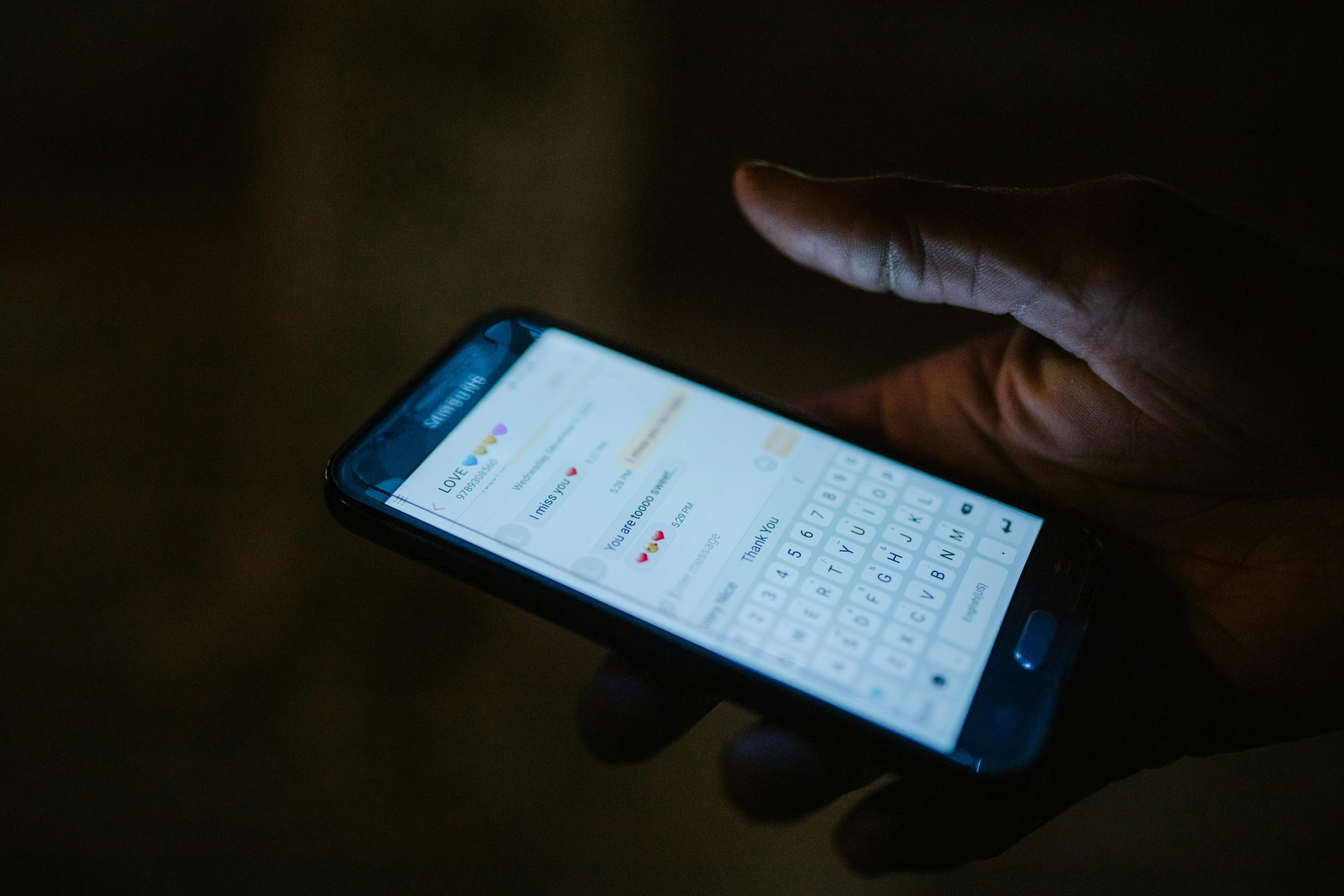The Dark Side of Connectivity: Privacy Risks in WiFi-Enabled Devices
As technology continues to connect us in more ways than ever before, the convenience and accessibility of WiFi-enabled devices have become essential to our daily lives. From smartphones and laptops to smart homes and fitness trackers, these devices have made our lives easier and more efficient. However, with this constant connectivity comes a dark side that many may not be aware of – the privacy risks associated with WiFi-enabled devices.
The Dangers of Constant Connectivity
As more devices become connected to the internet, the potential for privacy breaches increases. WiFi-enabled devices constantly collect and transmit data, making them vulnerable to hacking and cyber threats. The rise of the Internet of Things (IoT) has only amplified this issue, with an estimated 20 billion connected devices worldwide as of 2021. This increased connectivity has created a web of data, making it easier for hackers to access personal information.
Data Collection and Tracking
The convenience of WiFi-enabled devices comes at a cost – the constant collection and tracking of data. These devices often collect information without users’ knowledge or consent, such as location data, browsing history, and personal information. This data can then be used by companies for targeted advertising or sold to third parties for profit. Not only does this compromise user privacy, but it also raises concerns about data security and who has access to this information.
Inadequate Security Measures
Many WiFi-enabled devices are not equipped with adequate security measures to protect user data. For example, smart home devices such as security cameras or digital assistants are often vulnerable to hacking, as they are connected to the internet and do not have robust security features. This not only puts personal data at risk but also opens up the possibility of hackers gaining control of these devices, putting the physical safety of users at risk.
Examples of WiFi-Enabled Privacy Breaches
The dangers of constant connectivity and inadequate security measures have been demonstrated by several high-profile privacy breaches in recent years. In 2018, fitness tracking company Strava faced backlash after it was revealed that it was possible to identify the location of military personnel by tracking their exercise routes. In 2020, video conferencing app Zoom came under fire for lack of end-to-end encryption, resulting in unauthorized users joining meetings and accessing private conversations.
Protecting Your Privacy
While it may seem daunting, there are steps you can take to protect your privacy when using WiFi-enabled devices. First and foremost, be aware of the data being collected and transmitted by your devices and review privacy policies before purchasing. It’s also essential to regularly update device software and use strong, unique passwords to prevent hackers from accessing your devices. Consider investing in a virtual private network (VPN) to add an extra layer of security when using public WiFi. Furthermore, turning off your devices when not in use can prevent them from continuously collecting and transmitting data.
Conclusion
The convenience of WiFi-enabled devices comes with a price – the constant collection and tracking of personal data. From inadequate security measures to high-profile privacy breaches, the risks associated with these devices are becoming more apparent. As consumers, it’s crucial to be aware of these dangers and take necessary precautions to protect our privacy in this hyper-connected world.











